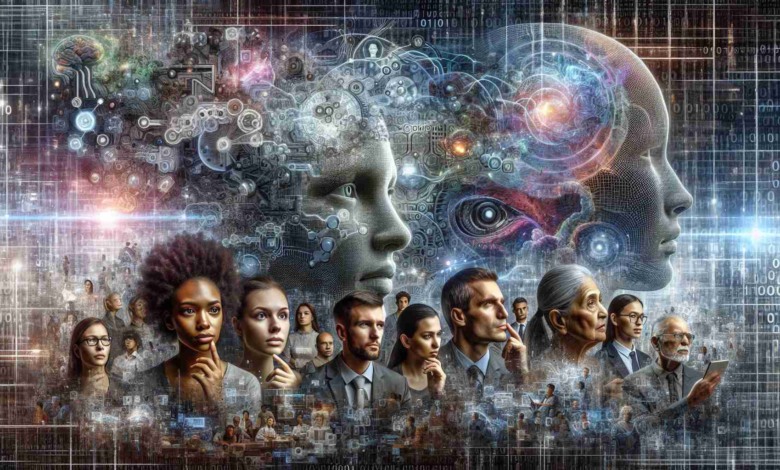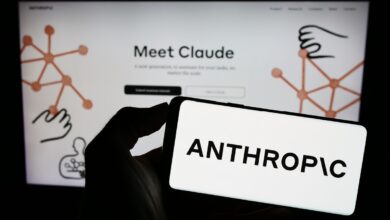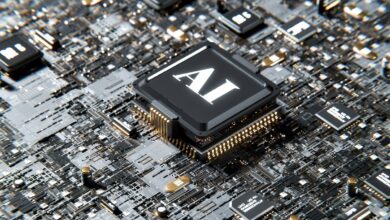Public Perceptions and the Intricacies of Defining Artificial Intelligence

In a recent analysis, while Artificial Intelligence (AI) seems poised to redefine the future, public sentiment on its benefits versus risks remains split. A Monmouth University poll from 2022 reveals significant concern amongst over half of Americans regarding AI’s potential threats to humanity. Conversely, less than a tenth of the population believes AI will prove more beneficial than detrimental.
Yet, despite such concerns, a clear understanding of AI’s essence is lacking. It is commonly misconceived as merely another technological tool; however, its true nature encompasses far more. Defining AI goes beyond mere classification—it requires unraveling a notion that intertwines ideas, trends, and historical development.
Previously, issues in accurately capturing the essence of technology were discussed, highlighting how they obstruct effective utilization. Artificial Intelligence, specifically, presents a unique challenge in understanding due to the blurred boundaries between its conceptual vision and tangible applications.
Internationally, efforts to define AI, such as those by the OECD, often result in complex, committee-driven expressions that shy away from delving into the concept of “intelligence.” The vast and varied impact of AI, as reflected in diverse media headlines, underscores its multifaceted identity. These range from economic implications and geopolitical strategies to societal and ethical concerns.
The quest to define AI should perhaps shift from seeking a rigid definition to developing a fluid understanding that guides interactions with AI “in the wild,” focusing on adaptation rather than categorization.
In summary, while the fear of AI overshadows the public perception, efforts to define and understand it are bogged down by its complex nature. Whether as an area of study or a futuristic trend, AI’s intricate connection with the elusive nature of intelligence makes it a challenging frontier to harness and regulate effectively.
Understanding the AI industry
The AI industry is a rapidly growing segment within the technology sector that has been gaining immense momentum over the years. As digital transformation accelerates, businesses and consumers alike have begun to recognize the utility of AI in various applications. From enhancing customer experience with chatbots to improving efficiency through intelligent automation, AI is carving out a valuable niche.
Market forecasts
Market research indicates a positive outlook for the AI industry. Forecasters predict exponential growth, with the global AI market expected to be worth several hundreds of billions of U.S. dollars by the end of the decade. This optimistic projection is supported by the continuous integration of AI technologies in sectors such as healthcare, finance, automotive, and consumer electronics.
Issues related to the industry
However, as AI continues to evolve, it brings with it a host of ethical, legal, and societal issues that need to be addressed. Privacy concerns are at the forefront, with AI’s ability to process vast amounts of personal data raising questions about surveillance and data protection. There is also the risk of unemployment due to job automation, which could disrupt the labor market significantly. Moreover, the potential for AI-powered weapons in military use raises crucial concerns around regulation and control.
Understanding AI is not just about its technological capabilities but also involves considering the broader implications it has on society and the global economy. A nuanced approach is required to balance the benefits of AI with ethical considerations, ensuring that its development and deployment are aligned with societal values.
For those interested in exploring current discussions and updates on AI, you can visit the website of the Organisation for Economic Co-operation and Development (OECD), which often discusses guidelines and policies on AI.
To conclude, the development of AI cannot be seen in isolation from its effects on various aspects of life. As the technology becomes more pervasive, its definition and understandability will likely evolve in tandem with societal values and norms, shaping the direction of future innovations and regulations.

Iwona Majkowska is a prominent figure in the tech industry, renowned for her expertise in new technologies, artificial intelligence, and solid-state batteries. Her work, often at the forefront of innovation, provides critical insights into the development and application of cutting-edge AI solutions and the evolution of energy storage technologies. Majkowska’s contributions are pivotal in shaping the future of sustainable energy and intelligent systems, making her a respected voice in both academic and industrial circles. Her articles and research papers are a valuable resource for professionals and enthusiasts alike, seeking to understand the impact and potential of these transformative technologies.



